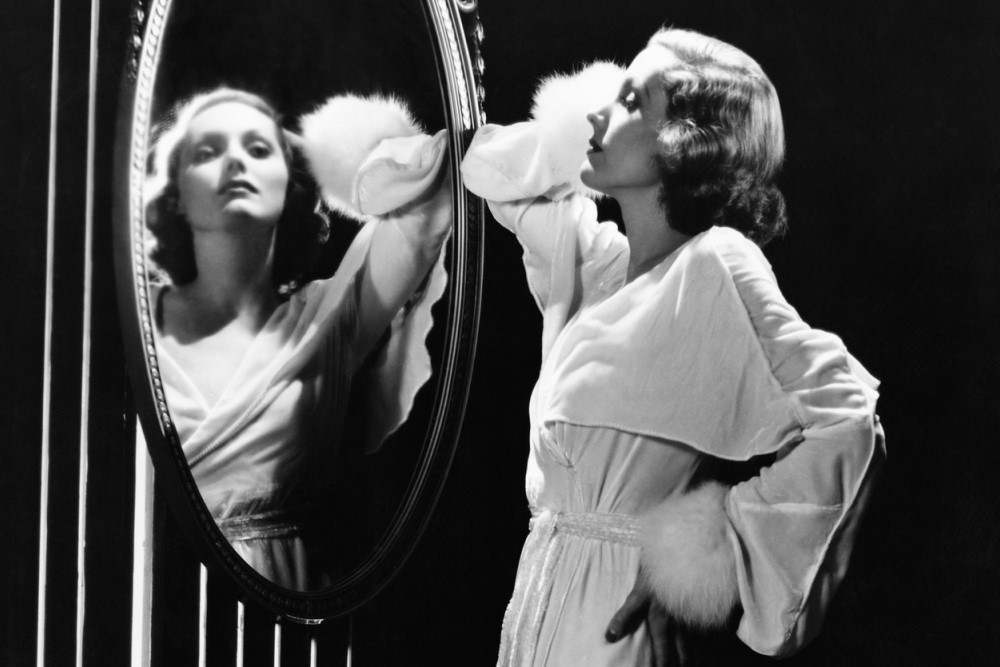The story of the “Bad Art Friend” has taken social media by storm. For those who have yet to brave the nearly 10,000 word New York Times article, here is a summary of the tale: Dawn Dorland, a writer, decided to donate one of her kidneys after completing her M.F.A. She kept her social media friends abreast of her donation and surgery, and noticed (some time after the donation) that one of her friends had failed to comment on the donation. Dorland wrote to the friend (Sonya Larson, herself a writer) asking her why she hadn’t said anything about Dorland’s altruistic activities. They exchanged pleasantries, Sonya praised her for her sacrifice, and all seemed well. Several months later, however, Sonya published a short story inspired by Dorland’s kidney donation which set off a bevy of legal and relational blows involving multiple lawsuits and, potentially, ruined careers.
There are a slew of ethical issues and questions embedded in the text and subtext of this story: questions about the differences between plagiarism and inspiration, questions about appropriate boundaries in friendships and acquaintanceships, and questions about the legality and propriety of lawsuits. But a majority consensus has seemed to emerge about the protagonist of this story: almost universally, readers are not on the side of Dawn Dorland.
Elizabeth Bruenig, in an op-ed for The Atlantic, describes Dorland as the “patron-saint” of our “social-media age,” emphasizing the description is not a complement. She characterizes Dorland’s initial behavior towards Larson as follows:
“Dorland, in particular, went looking for [victimhood], soliciting Larson for a reason the latter hadn’t congratulated her for her latest good deed, suspecting—rightly—a chillier relationship than collegial email etiquette would suggest. She kept seeking little indignities to be wounded by—and she kept finding them. Her retaliations quickly outpaced Larson’s offenses, such as they were.”
Bruenig is right that Dorland considered herself to be wronged by Larson’s apparent apathy. And insofar as we find it implausible that Larson really did wrong her in this way, it is understandable why Bruenig might analyze the situation as one in which Dorland sought out a kind of victimhood status. This may explain part of why Dorland’s behavior immediately turns us off — looking for victimhood, or claiming it too quickly, seems like a kind of injustice to those who really are victims of really bad actions or circumstances. In diverting attention to extremely mild wrongs (if they were wrongs at all) done to herself, Dorland distracts people from truly awful situations that merit their consideration. Human attention is zero-sum: if I am paying attention to you, then that means I am not paying attention to something else. So, there is a consequentialist argument to be made that I should not seek out “victimhood” status and, thereby, attention, if the public’s attention would be better spent elsewhere.
Yet, Bruenig’s analysis does not consider the fact that our mild disgust at Dorland begins even before she voices her complaints to Larson. They begin even before she speaks to Larson at all. They begin where Dorland seeks out praise and attention for her (admittedly very brave) act of donating her kidney. But did Dorland actually do anything wrong in seeking out praise for her praise-worthy act? Does our disgust stem from genuine moral assessment, or a deeper kind of resentment of people who act more selflessly than we do?
The philosopher Immanuel Kant theorized that it was morally impermissible to treat others as a mere means to our own ends — we must always consider them to be intrinsically valuable creatures themselves, and our actions must reflect this. We may, therefore, think that Dorland’s seeking of praise for her donation indicates that she was using the kidney recipient as a mere means to gaining praise, popularity, or notoriety.
Still, it is not clear that Kant’s concepts would apply in this case. Dorland’s donation of her kidney indicates that, while she may have used the opportunity as a means to other social ends, she was not using the recipient merely as a means — in saving his life, she acted toward him in acknowledgement of his value as a person. There is nothing in Kant’s moral philosophy which prohibits us from using people to attain our ends, so long as we respect them as persons while doing so.
From a utilitarian perspective, seeking praise for your good works may even maximize happiness, meaning that it would be the morally correct thing to do. For example, by seeking praise for your honorable deeds, you may draw attention to what you did, encouraging others to display the same amount of selflessness and charity. Additionally, you yourself would derive happiness from the praise, and it doesn’t seem that anybody would lose happiness by praising you. Therefore, it seems that seeking such accolades may benefit everyone and harm no one.
A virtue ethical approach to the issue may seem to yield different results. After all, surely there is something unvirtuous about someone who seeks out praise for supposedly altruistic actions? Many consider humility to be a virtue, and Dorland’s constant social media updates and attention-seeking behavior seem to indicate a lack of humility in her character. Perhaps we are turned off by the desire for praise because it indicates a character vice: pompousness, perhaps, or neediness.
And yet, historically virtue ethicists have praised the (appropriate) seeking of praise. In his Nicomachean Ethics, book four, Aristotle calls it the virtue of “small honors,” which we might more simply understand as the virtue of seeking to do, and be rewarded for, honorable things. Of course, Aristotle still holds that I should not seek praise for things that are not praiseworthy, nor should I act in praiseworthy ways purely for the praise. Still, seeking honor (and the praise that arguably ought to go with it) in moderate amounts is a virtue. At least for Aristotle.
There is a case to be made that our distaste for those who seek praise has a distinctly Christian origin. In Christian scriptures — specifically, the Gospel of Matthew, chapter 6 — Jesus preaches against seeking recognition for acts of charity:
“Be careful not to practice your righteousness in front of others to be seen by them. If you do, you will have no reward from your Father in heaven. So when you give to the needy, do not announce it with trumpets, as the hypocrites do in the synagogues and on the streets, to be honored by others. Truly I tell you, they have received their reward in full. But when you give to the needy, do not let your left hand know what your right hand is doing, so that your giving may be in secret. Then your Father, who sees what is done in secret, will reward you.”
In the Christian tradition, the idea is that those who seek recognition from others in the here and now eliminate their opportunity to build character and, perhaps, gain other spiritual rewards. One may have earthly, social rewards, or longer-lasting spiritual rewards, but one may not have both.
Yes, I suspect there are many who would not claim Christianity who nevertheless are repelled by the idea of someone asking for praise for donating a kidney. Those familiar with Friedrich Nietzsche’s writings will recall his extensive critique of Christian moral thought which, he wrote, “has waged deadly war against this higher type of man; placed all the basic instincts of his type under ban” (The Anti-Christ, p. 5). Nietzsche argued that traditional Christian morality — which he referred to as “slave morality” — served only to make humans weak, powerless, and full of resentment at those who were powerful and flourishing. One can imagine a Nietzschean critique of our distaste for those announcing their good deeds in the public square: perhaps, rather than a kind of virtuous disgust, what we are truly experiencing is resentment toward someone acting with more courage than we have.
No matter your opinion on Bad Art Friend and all the drama that story contains, it is worth reflecting on how we respond when someone announces their good deeds to the public. Why do we prefer discretion? What is wrong with desiring praise and honor? These questions may be worth investigating deeper, lest we act in ordinary human resentment rather than careful moral consideration.



